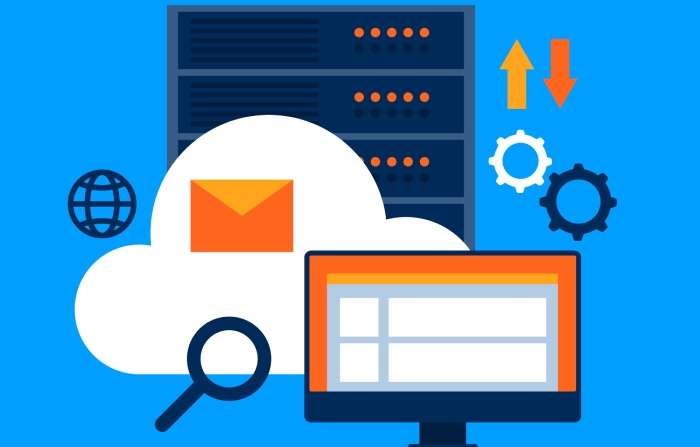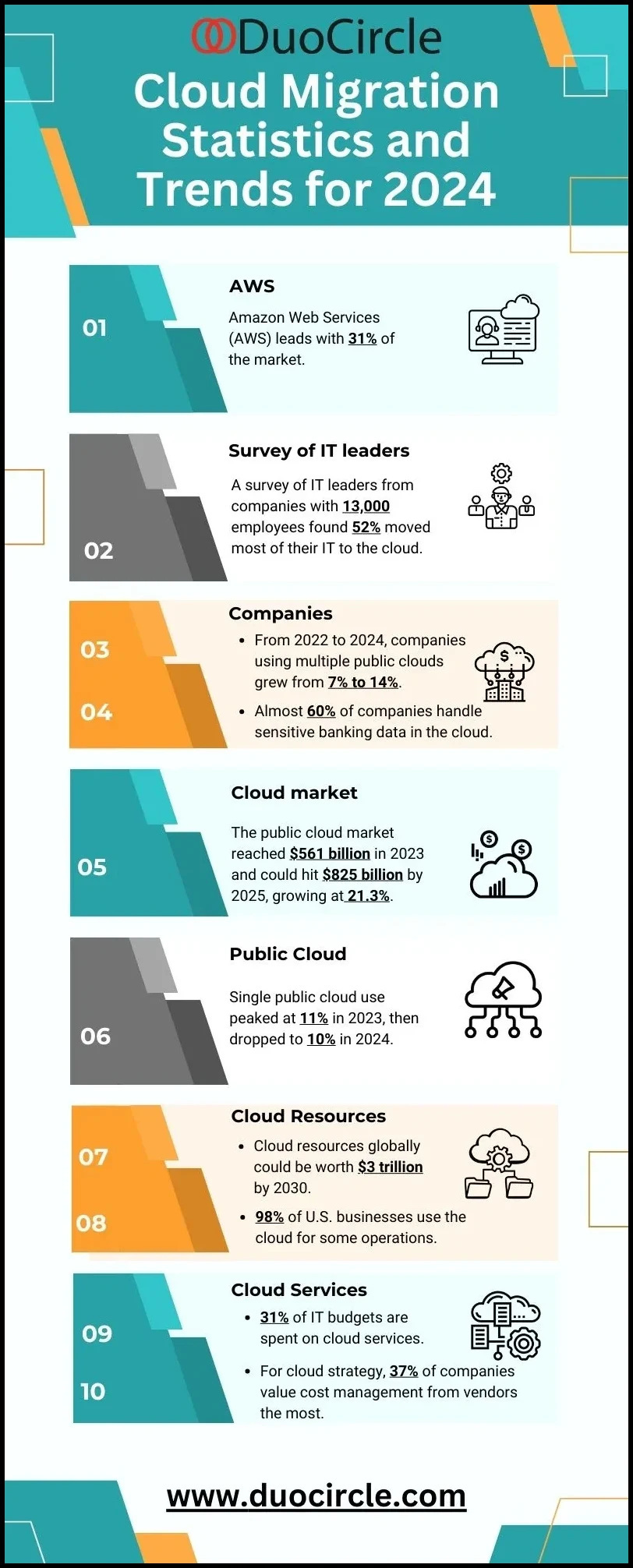The digital transformation amidst the pandemic has significantly diversified managed service offerings of leading MSPs. While a group of forward-thinking organizations prepared to make this leap involving remote work, others struggled to embrace a strategic plan. Migrating to cloud systems proved to be imperative amidst the new operational models. Among various types of managed services, cloud migration continues to be one of the most sought-after domains.
An established MSSP might be enjoying the collaboration with its clients in the current scenario, scaling up their operations. In this regard, one must be prioritizing cloud migration before it is too late for the clients. However, there is a vast terrain to explore when it comes to managed service offerings involving cloud migration. Here is a comprehensive examination of six aspects that established MSPs should prioritize.
Identifying Scope For Cloud Consolidation
Presently, migrating to cloud platforms happens to be one of the prime managed services examples. Global organizations seek professional support while moving to cloud platforms such as Office 365 from Box and Dropbox or Office 365 migration. With more than 50% of the global operations embracing the cloud, MSPs must probably be scaling up their services. In this regard, it is vital to recognize the scope for cloud consolidation.
Most businesses wouldn’t be interested in maintaining multiple cloud office mechanisms or departments. Therefore, one needs to get these systems consolidated as there is a vast potential for tenant-to-tenant or cloud-to-cloud migration.
Besides, clients might be counting on shadow IT or unauthorized cloud solutions. A leading MSP’s goal would be to bank on upcoming trends. Again, one needs to invest in robust technology to identify the shadow IT and migrate the same. It would significantly help the clients eradicate root issues after detecting them.
Knowing When To Migrate Or Launch A New Business Discovery Process
Organizations in the digital space are increasingly on the hunt for migrating assistance experts. However, an efficient MSP should be aware of the right time to shift one’s clients to the cloud platform. Initiating a robust discovery process would work wonders. At times, MSPs need to operate under strict deadlines, where they would be working on other cloud file shares.
With tons of files accumulated over the years, the migration task would be challenging. Therefore, one needs to be stringent while evaluating the data before starting the migration process. In this context, an MSSP should know the value of securing cloud systems with advanced antivirus and other protective tools.
Hustling Migrations With Ongoing Services
As a leading MSP, one might be focused more on shifting organizations on the cloud platform. However, one may not be offering additional value to the clients apart from the simple user management and licensing of Office 365. An MSP needs to provide comprehensive services to its clients. Bundling migration with other services for trading upfront savings for different solutions involving long-term client associations can be more profitable. For example, solutions like GoAnywhere’s Cloud File Transfer solution help organizations align with cost-saving initiatives as IT and cybersecurity teams migrate to the cloud or adopt hybrid environments. The solution supports deployment across major cloud platforms, including Amazon EC2 and Microsoft Azure. In the process, one can strike a lucrative commercial deal for an extended period with prospective clients.
Synchronizing The Changes In The Business Environment
Even after the initial migration process is over, it is vital to synchronize these changes in the commercial environment. As a part of the managed service offerings, a provider needs to separately migrate every workload element to the new environment before the next element gets shifted. Besides, there is also a requirement to deploy adequate tools for synchronizing changes in the source data as a continuous process during migration.
Migrating and synchronizing vast volumes of data turns out to be a challenge for most organizations. Incorporating sophisticated cloud solutions helps simplify the task, speeding up the process. When you explore the leading managed service provider examples, you would observe that they integrate a mechanism for automated and secure data syncing.
Testing Migration Services In Production For Enhancing Performance
Besides migrating and syncing data in the cloud system, an organization needs to carry out adequate system testing. It implies a need to verify the earlier functionalities along with the modified ones. Migration testing refers to the process of testing the legacy mechanism as well as the newer version when migrated to the new system. This process ensures minimal downtime and maximum data integrity, mitigating losses.
Have a look at the prime reasons for migration testing.
- Migration testing ensures that the upgraded application would be compatible with all the necessary software and hardware supported by the legacy application.
- It ensures proper working of the existing functionalities in the legacy application.
- Migration happens to be a crucial constituent in managed service offerings. The chances of defects during the migration process are high. Most of these defects may be associated with data. During testing, these defects can be identified and corrected.
- Testing migration services ensures a seamless connection between the hardware, software, and servers. It is essential to ensure a seamless association between them. It prevents the breakage of data flow during peak operating hours.
Restoring Critical Business Data And Be Done With Email Backup And Archiving
As organizations keep shifting towards the cloud system, the importance of email archiving and backup is higher than ever before. A report reveals that 60% of businesses store critical information as a backup in email systems. Over the years, email archiving has witnessed an increasing demand. Besides, organizations need to adhere to compliance requirements established by regulatory bodies. Prioritizing disaster recovery tactics, retention of backup data is crucial for MSSPs. Backup ensures the storage of data, and the user can retrieve valuable information from the same when required. Besides, archiving emails and data would enhance the maintenance process of the inbox. It would also empower a user to ditch restrictions on inbox sizes.
Final Words
While demonstrating the importance of managed services to clients, MSP partners must justify why each of these processes is crucial from their perspectives. Besides, while presenting the managed services offerings PPT, highlighting the practices discussed above can leverage the clientele significantly. After all, one needs to integrate the right mix of people, processes, and technology to live up to the industry’s expectations. With these guidelines, an MSSP would be offering a higher value to the investments of its clients.


